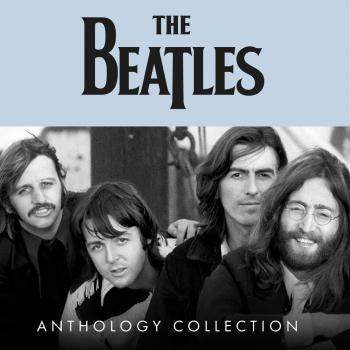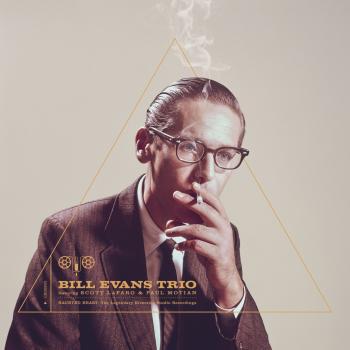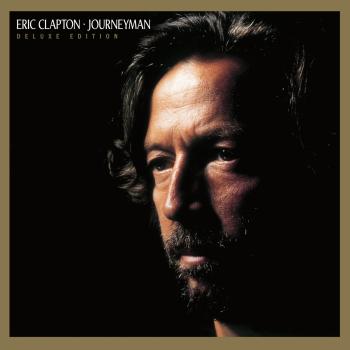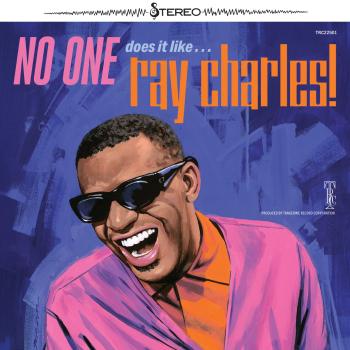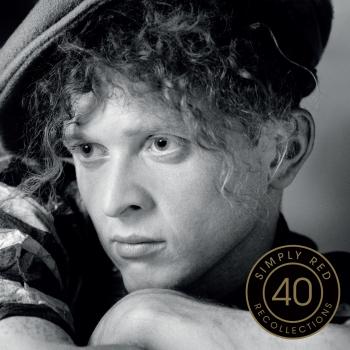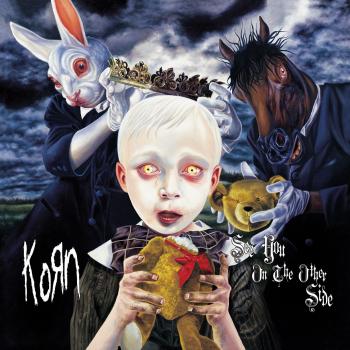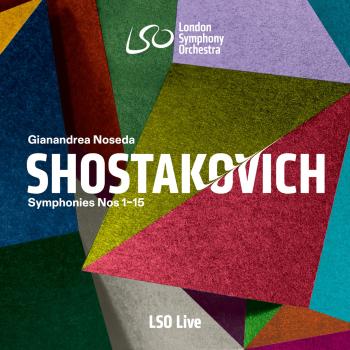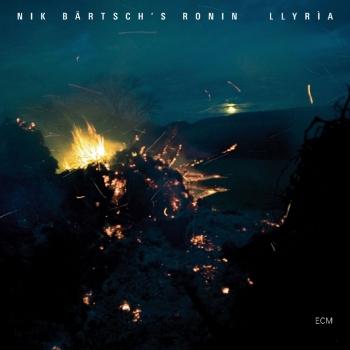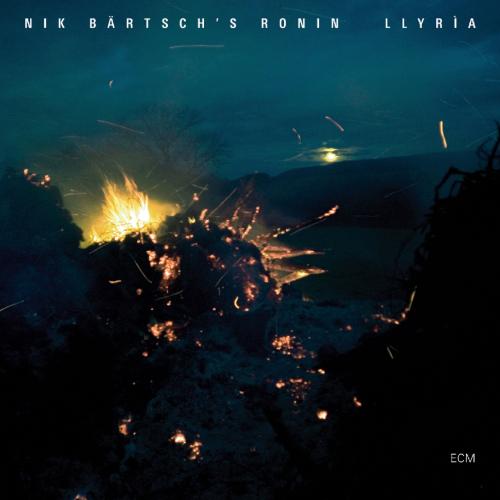
Llyrìa Nik Bärtsch's Ronin
Album info
Album-Release:
2010
HRA-Release:
11.07.2017
Album including Album cover Booklet (PDF)
I`m sorry!
Dear HIGHRESAUDIO Visitor,
due to territorial constraints and also different releases dates in each country you currently can`t purchase this album. We are updating our release dates twice a week. So, please feel free to check from time-to-time, if the album is available for your country.
We suggest, that you bookmark the album and use our Short List function.
Thank you for your understanding and patience.
Yours sincerely, HIGHRESAUDIO
- 1 Modul 48 06:50
- 2 Modul 52 08:18
- 3 Modul 55 08:39
- 4 Modul 47 08:03
- 5 Modul 53 06:55
- 6 Modul 51 09:52
- 7 Modul 49_44 07:13
Info for Llyrìa
„Llyrìa“ ist das dritte ECM Album von Nik Bärtsch’s Ronin. Es folgt jenen Richtungen, die bereits auf „Stoa“ (2005) und „Holon“ (2008) eingeschlagen wurden aber entwickelt diese konsequent weiter. Bei der Veröffentlichung von „Holon“, verglich der Komponist und Pianist Bärtsch das gemeinsame Interplay in seiner einzigartigen Gruppe mit einem Schwarm von Fischen, der sich blitzschnell zusammen über ein Korallenriff bewegt. Der Titel seines neuen Albums ist eine weitere Meeresmethapher. Die Llyrìa ist ein kürzlich entdeckter leuchtender Bewohner der Tiefsee, eine Kreatur, so ungewöhnlich, dass die Biologen unsicher sind, wie sie sie einstufen sollen. Doch tief unten im Abgrund, wo der Druck gewaltig ist, gleitet es flink, mit kühler poetischer Anmut. Bärtsch genießt dieses Bild: ein naher Nachbar auf diesem Planeten, über welchen wir so wenig wissen. Kompositionen können sich ebenfalls eigenartig entwickeln, betont er. Mit diesem Bild im Kopf wirft Ronin weiterhin seine Netze in denselben Ozean – um Formen zu finden, die unsere Erwartungen plötzlich unterlaufen oder ihre Veränderungen langsam offenbaren. Die neue Musik von Ronin vermittelt ein Gefühl der Freiheit, nicht zuletzt durch die periodische Lockerung seiner rituellen Grooves. Im Wort „Llyrìa“ scheint auch „lyrisch“ auf und feine komponierte Übergänge in beinahe allen Stücken eröffnen erfrischende melodische Möglichkeiten. Es bietet sich nun mehr Raum, um sich in Nik Bärtsch’s Kompositionen hineinzubewegen – mehr Raum zum Atmen. Am Beginn der Aufnahme, auf „Modul 48“ und an anderen Stellen, ist hörbar wie der Bläser Sha diesen neuen Raum gewinnbringend nutzt. Obwohl Ronin die rhythmischen und formalen Experimente mit motorischen Pulsen fortsetzt, stellt sich eindeutig ein Gefühl der „Ungezwungenheit“ ein. Bärtsch spricht von einem Gravitationssog seiner Themengeflechte: „In unserer Ästhetik versuchen wir nicht, offensichtliche Melodien als Themen in den üblichen Registrierungen zu verwenden, sondern Energiefluss aus den rhythmischen Balancen und verschiedenen 'Themen' zu gewinnen, die das Ohr verführen. Dieses Mal geht es weniger um pulsierende Sound Patterns sondern vielmehr um melodische Entwicklungen - mit kleinen Melodien, die ihre eigenen Fugato- Energien ausbilden.“ Diverse Verfahren sind in diesen nummerierten Stücken im Spiel, vom sanften liedhaften „Modul 48“, welches unbemerkt mit multiplen Metren spielt, zum vorwärts treibenden „Modul 52“, welches ständig in Bewegung bleibt und nicht zurück blickt („wie Meditation vielleicht, oder Sport, hebt es die Energie auf ein anderes Level.“). Bärtsch beschreibt das Zenartig leere „Modul 53“ mit dem aufs Minimum reduzierten Piano und der einfachen Shaker-Begleitung als das wohl ambitiöseste Stück des Albums. „Modul 55“ verpackt die Themen nacheinander ineinander („Welches ist das Hauptthema? Welche Melodie unterstützt page 2 of 2 den Patternflow, welche den Melodiefluss, welche den rhythmischen Fluss?“). „Modul 49_44“, welches das Album abschließt, greift auf, was bei „Modul 44“ auf „Holon“ offen gelassen wurde. „Ich habe versucht, mehr Linien, mehr Stimmen, mehr polyphone Entwicklung zu haben und gleichzeitig das Stück transparent und seine Struktur selbstevident zu halten.“ In den Linernotes sagt Bärtsch: „ Obwohl ich als Komponist die meisten Stücke genau auskomponiere, ist live irgendwann nicht mehr auszumachen, was komponiert, interpretiert oder improvisiert ist. Die richtige Spannung und die passende Dramaturgie eines Stücks müssen im Moment von der Band gefunden werden. So überlistet der Band-Organismus die Komposition und sich selbst." Ein verblüffendes Merkmal der neuen Aufnahme ist die Zuversicht, mit welcher Ronin seine Einflüsse hinter sich gelassen hat. Minimalismus ist nun lediglich ein entfernter Bezug, während Aspekte des „Funk“ aufgenommen oder beiseite gelegt werden wie es der Fluss der Dinge verlangt. „Wir müssen nicht mehr über Steve Reich oder James Brown sprechen“ so Bärtsch. „Ihnen zuzuhören war Teil des Prozesses, der uns zu einem weiter entwickelten Verständnis unserer eigenen Ausdrucksweise und Phraseologie gebracht hat.“ Im Sinne dieser eigenständigen Phraseologie sticht auch der herausragende elektrische Bass von Björn Meyer als ein typischer Ronin-Sound hervor. Bärtsch hebt auch die Beiträge von Kaspar Rast in der aktuellen Aufnahme hervor und weist darauf hin, dass die liebevolle Detailtreue in der Modellierung des Beats auf „Llyrìa“ diese mehr zu einer „ Schlagzeuger- Aufnahme“ macht als seine Vorgänger. Rast und Bärtsch sind bereits seit langer Zeit auf derselben musikalischen Wellenlänge: „ Der Schlagzeuger Kaspar Rast und ich spielen bereits über 25 Jahre zusammen. Dieses Zusammenspiel hat unser inneres Ohr ebenso beeinflusst wie unsere Auffassung von Kommunikation an sich.“ (nikbaertsch. com)
Für die Einen ist die Schweiz Jodeln, Schokolade und Bankgeheimnis, für die Anderen Minimal Music, Funk und Drum 'n Bass. Zürichs aktuell bekanntester musikalischer Ziehsohn Nik Bärtsch hat es eher mit dem Funk und seine "Ritual Groove Music" hält seit nunmehr vier Jahren die europäische Clubszene auf Trab. Auch für 2010 haben er und seine Band Ronin sich mit ihrem neuen Album „Llyria“ vorgenommen im Rahmen einer ausgedehnten Tour die Floors zu füllen. Mit der entsprechenden medialen Unterstützung wird es gelingen.
Nik Bärtsch, Klavier
Sha, Altsaxophon, Bassklarinette
Björn Meyer, Bass
Kaspar Rast, Schlagzeug
Andi Pupato, Percussion
Recorded March 2010, Studios La Buissonne, Pernes-les-Fontaines
Engineered by Gérard de Haro and Nicolas Baillard
Produced by Manfred Eicher
Nik Bärtsch
RITUAL GROOVE MUSIC, the title of my first CD, also points to the fundamental concept of my musical thinking. The music shows a close affinity to architecturally organized space and is governed by the principles of repetition and reduction as well as by interlocking rhythms. A piece of music can be entered, inhabited like a room. It moves forward and transforms through obsessive circular movements, superimposition of different meters and micro-interplay. The listeners attention is directed toward minimal variations and phrasing. The band becomes an integral organism - like an animal, a habitat, an urban space. One must think with ears and hands.
Normally, we work in three distinct formations. The group MOBILE plays purely acoustic music, performed in rituals of up to 36 hours, including light- and room design. The Zen-funk quartet RONIN, by contrast, is more flexible and plays the compositions more freely. As a solo performer I perform my compositions on prepared piano with percussion.
Despite the tightly organized compositional construction, improvisation plays an important role in our music. On the one hand, accentuation, ghost notes, and variations within a composition are tossed back and forth between the musicians; on the other hand, a particular voice within a composition might have more freedom than the others. In doing so, that voice forms an independent module that can interact with the strictly notated interlocking patterns in continuously changing ways. Groove-habitats or void musical space of raw poetry emerge.
My thinking and music are based on the tradition of urban space. They are not distilled from a national or stylistic tradition but from the universal sound of cities. The city in its roaring diversity requires an ability to focus and concentrate on the essential: to measure one’s actions, to remain silent at the right place. This music draws its energy from the tension between compositional precision and the self-circumvention of improvisation. From self-implied restriction stems freedom. Ecstasy through asceticism.
Sha
was born in 1983. He is a composer and plays the saxophone and the bass clarinet. Among his teachers are Don Li, Nik Bärtsch, Sujay Bobade and Bänz Oester. Sha studied at the Jazz School in Lucerne and graduated with a double master with distinction. He is the leader of his own band 'Sha's Feckel' (till 2011 of 'Sha's Banryu'). Sha has worked with Walter Grimmer, Michael Gassmann, Philipp Schaufelberger, Anja Losinger and Claudio Puntin.
Andi Pupato
Andi was born in 1971 in Zurich. He studied percussion in Zurich, later at the Escuela de superación profesional de musica Ignacio Cervantes in Havana, Cuba and with José Luis “Changuito” in Quintana. In 1994, Andi went to Senegal with the Senegalese master drummer Kounta’s band 'Dougou-Fana', where he studied traditional African percussion. At present, he works as a percussionist for various national and international bands (with Andreas Vollenweider among others) and is an active studio musician.
Kaspar Rast
Kaspar was born in 1972 in Zurich. He has been playing drums since the age of 6. Education as violinmaker. Trained at the JMS in Zurich and the Drummers Collective in New York. Kaspar’s list of concerts and tours covers Europe, Africa, Asia, North and South America. He works in various Swiss musical formations (also in Sha's band 'Sha's Feckel') and projects, plays sessions and acts as a studio musician.
Thomy Jordi
Thomy was born 1963 in Zurich. He studied double bass at the Swiss Jazz School and electric bass at the MIT Hollywood with Jeff Berlin. He was part of the swiss punkjazz-movement in the early 80's and toured Europe with freefunk-bands like Donkey Kongs Multiscream and The Intergalactic Maidenballet.
In 1988 Thomy moved to Berlin, where he had the chance to perform and record with local and international Worldmusic artists. He also got involved with the german pop-scene. Thomy played the bass for Rosenstolz on most of their albums and toured with them from 2002 to 2009. He was also a member of genius comedian-musician Helge Schneider's Rock project The Firefuckers. Zurich-based songwriter Adrian Weyermann invited Thomy to join his band in 2006. Nik Baertsch met Thomy in 2004 in Tokyo, Japan, where he studied Japanese. Back in his hometown, Thomy started to frequently sit in with Nik Baertsch's RONIN on Mondays. In sommer 2011 bassist RONIN's original bass player Björn Meyer left the band on friendly terms and Thomy replaced him. Except being a member of RONIN, he is working with Adrian Stern and teaching at the conservatories in Luzern and Basel.
Booklet for Llyrìa

